Antique architectural design is a gem of China's design community. Many foreign friends scramble to visit our country and learn about antique architectural design. What does antique architectural design mean? In fact, antique architectural design refers to the architectural design that is used for imitating and replacing ancient architecture, traditional religious temples, traditional landscaping, historical architecture, cultural relics, and ancient village groups. Source of "Antique Building" China is one of the ancient civilizations of the world. Ancient Chinese architecture and ancient Egyptian architecture, ancient and Western architecture, ancient Indian architecture, ancient Aegean architecture, and ancient American architecture are six of the world’s ancient buildings. China's architectural culture has a long history, a unique form, beautiful buildings, rigorous structures, exquisite detail, grandeur and elegance. The term "antique architecture" originally originated in the 1950s, but it was not until the last century that the academic community had a theoretical discussion that was mixed. It can be said that it has undergone a rough and uneven process of development and maturation. "Antique architecture" is almost the same as ancient architecture, but it is completely out of the concrete case. If it only stays in the understanding of the type, then it is inevitable to copy the traditional architecture and it is also a prejudice against the ancient architectural form. . Therefore, the comprehensive and accurate expression of the term "antique architecture" is an imitation of the external manifestations of ancient architectural design. What is "antique architecture"? Antique architectural forms are divided broadly and narrowly. In the broad sense, antique architectural forms refer to the use of modern building materials or traditional building materials, and the recreating of ancient architectural forms conforming to traditional cultural features in the narrow sense refers to the use of traditional building materials. The restoration of ancient buildings in a specific area is strictly speaking of the category of cultural relics. This article only deals with the broad form of antique buildings. The common point is to use modern construction techniques to reflect the appearance of ancient buildings. We know that because of the limitations of ancient building materials and theories, there is no high-rise structure in ancient architecture; therefore, today's antique buildings are also single and multi-layered. the Lord. As we all know, modern multi-story buildings are mostly masonry structures and frame structures. Therefore, the application of reinforced concrete structures dominates in antique buildings. What are the characteristics of antique architecture? The characteristics of ancient Chinese architecture are reflected in the use of wood as the main building material and the principles of the framework. In order to protect the wood, the surface needs to be painted. In the long-term development and evolution, Chinese ancient architecture has formed a unique painting system, which has made the world wonder. In view of the poor fire resistance of wood structures and the short life cycle, they are not recommended for use in today's buildings. The structural form of the frame structure is very similar to that of the existing reinforced concrete frame structure: the force transfer path is clear, the main body's load-bearing structure and enclosure Separate structure. This shows that the framework structure is the most representative form of the essence of ancient architecture. This also creates the conditions for a flexible layout of the interior space. In ancient Chinese architecture, a variety of covers, hangers, partitions, screens, etc. are used to separate the interior space freely and flexibly. However, the color painting system in this form can only be achieved through external stickers or inkjet painting decoration methods in today's reinforced concrete structures. The ancient Chinese architecture created and used the form of the bracket structure. The bracket is a unique system in the ancient Chinese building system. It is the structural component that transmits the load between the beam and the column and bears the earthquake resistance, and becomes the building with its own beautiful and gorgeous shape. The main decorative member. The essence of the integration of structural functions and decorative functions. With the development of modern structural forms and building materials, the important structural component of the bracket, when used in antique buildings, has lost its original substantive role and has only been used as an ornamental component. But it is indispensable as a representative component of ancient architecture. Most of the ancient Chinese architectural groups are courtyards as a combination unit: single buildings are arranged along the periphery and surround the middle courtyard. The overall style of this courtyard is introverted: the interior is open and full of changes, the appearance is more closed. According to China's concept of feudal rituals, the courtyard emphasizes the symmetrical layout of the axis to highlight the main building and achieve an overall balance. It is precisely because of this concept that the monolithic architectural forms of ancient architecture are also highly unified. Whether it is a palace, a temple, or a residence, regardless of its size, the appearance is composed of three parts: the platform, the roof, and the roof. These characteristics are inevitably monotonous and also limit the diversity of ancient buildings to a certain extent, while the ancient architects made multi-level layouts along the axis from the building group, thus making the courtyard change colorful. In the design of ancient gardens, these characteristics were not obvious. The reason was that the ancient Chinese garden architecture was based on the principle of “teacher and nature†and was extremely flexible and flexible. This has all sorts of gardens that we are now familiar with. What are the main design points of antique architecture? In the ancient Chinese architecture, the ancient architecture of the Su-style gardens in the Ming and Qing dynasties was the most representative and the most well-known. Therefore, in the form of antique buildings, the Ming-Qing Su-style ancient buildings were mainly used. The main force members of ancient architecture can be roughly divided into: pillars, beams, girders, sculpts, and rafts. The direction of force transfer is: roofing → 椽 → 檩 → æ¡ â†’ beam → column; the path is clear and the force is simple. The beams of the ancient building are simply supported beams, which is very unfavorable to the earthquake resistance of the building, so the construction of the bracket is born; but in the framework of the reinforced concrete structure, the beams and columns are just knots, and the beam bears the earthquake resistance. The role of the overhead arch bracket was thus evacuated; however, most of the roofing works now use cast-in-place monoliths. Therefore, concrete elements such as concrete and concrete are also unnecessary and can be eliminated. This will affect the facade, so the roofing of the antique building becomes a key node in the entire project. The roof style of ancient Chinese architecture is very rich and varied. Those with lower ranks have hard mountain tops and hanging mountain tops, and those with higher ranks have the temple roofs and Xieshan tops. In addition, there are special forms such as spires, ceilings, and scallops, helmets, domes, hooks, flat tops, domes, and crosses. The Dian Dingding, Xieshan Ding, and Shanjian Ding, etc. are also single-skull and heavy-shouldered. The spires have round, square, hexagonal, and octagonal shapes. Among these forms, the application of Xie Shanding is the most widely used in Soviet-style buildings. "Xieshan" is the Qing style name. Before the Qing Dynasty, it also had different names such as "Cao Dian", "Han Dian", and "Hainan Dake". The Xieshan roof has a right ridge, four vertical ridges and four ridges. The top of the Xieshan roof is on both sides of the gable. It is no longer like a hard mountain style or a hanging mountain style. The gable wall is down a vertical line from the right ridge. The right ridge of the Xieshan roof is shorter than the distance between the gables at both ends. Therefore, the Xieshan roof forms a triangle vertical area in the upper right ridge and two vertical ridges. It is called “mountain flowerâ€. Under the mountain flower is a trapezoidal roof that covers the roof at both ends of the ridge. In ancient buildings, the roof structures are mostly lightweight materials such as wood and tile, and the relative loads of two vertical ridges are relatively small. In the design of reinforced concrete roofs in modern buildings, the beams should be placed at the four vertical ridges and four ridges to establish a reliable support to determine the force transfer path of the mountain flowers. This is similar to the "Tao Shun-Liang" in the ancient wooden construction. Due to the elimination of flaws in modern technology, the form of "flying rakes" can only be achieved through the strong plasticity of concrete. The characteristics and pictures of antique architectural design are appreciated here. Looking so much, do you know what an antique building is? In fact, antique architecture is the imitation and replacement of ancient architectural styles. In fact, there are many essential characteristics in ancient architecture. However, with the emphasis on Western technology and ignoring Chinese traditional culture, many Chinese cultures and quintessences are lost. The emergence of antique architectural design is also an inheritance of ancient house building culture. . Design knowledge villa design space effect drawing decoration space interior decoration decoration design decoration picture decoration style [Automatic Switch, Free Your Hands]: Cabinet light has two working modes, Motion & Light Sensor Mode, Always On and Off Mode. In G mode, this counter light automatically turns on when it senses human motion within 10 feet in a dark environment, and automatically turns off after 20 seconds of inactivity. You can use these lights as normal light or safe light. Solar Motion Light,Best Outdoor Motion Sensor Lights,Indoor Motion Sensor Light,Outdoor Sensor Lights Ningbo Wason Lighting Technology Co.,Ltd , https://www.wasonlights.com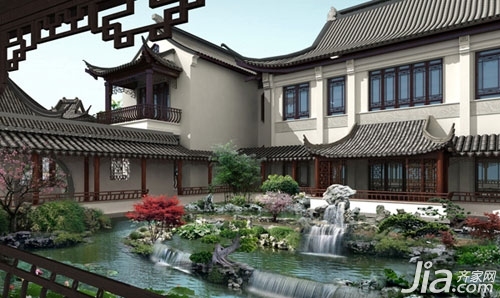
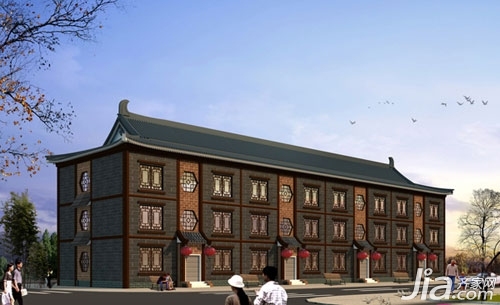
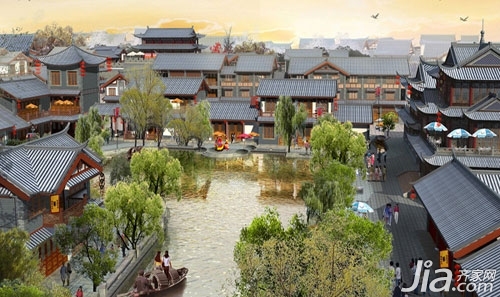
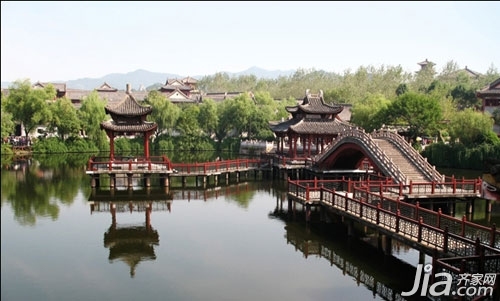
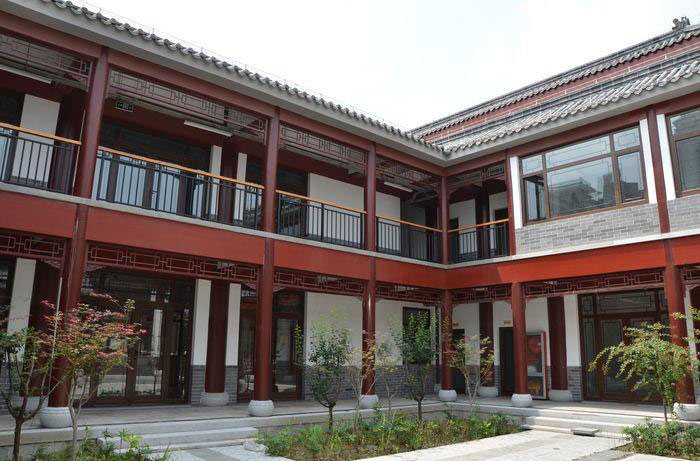
[Upgraded Version & More Bright Sensor Closet Light]: With 20 LEDs(Not 10 LEDs) for each light, up to 160 lumens, more bright than other LED closet lights in the market, very easy to find what you're looking for and perfect to light up in a large space where there is no light system, like the cabinet, wardrobe, stairs, etc. HIBOITEC motion sensor light is the best choice for you.
[Larger Battery Capacity & Rechargeable]: Built-in 1000 mAh high-capacity rechargeable battery, has larger battery capacity than other led cabinet lighting, easily to charged via USB. After fully charged, these closet lights last for up to 8 hours under on mode and last 1-2 months under motion sensor mode. NEVER replace AAA batteries frequently. Energy Save & Save More Money!
[Two Ways to Install]: Easy to install and remove without any other tools. Using Magnetic Back Design, can stick on any ironwork, allows you to change the its location you need. Or you can use the included tape to attach the iron to any non-ferrous product surface. When you need to charge or change position, you can take down the closet lights at any time.
What is antique architecture design?
